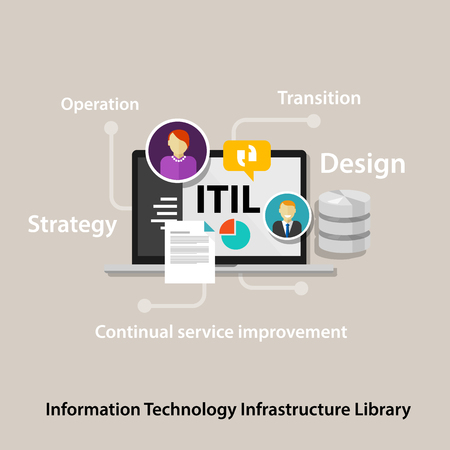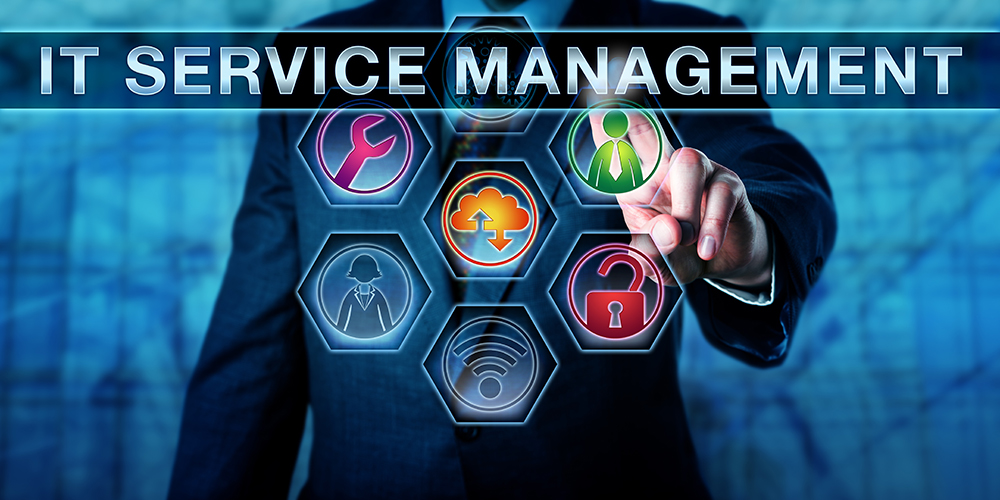What is Servicedesk?
Servicedesk plays a decisive role in effective service management. Servicedesk is more than just a Helpdesk - it is the main operational interface between the user and the company, and in the case of IT between Business and IT. Due to the fact that more and more organizations are trying to increase the number of applications closed in the first point of contact of the user, the role of servicedesk increases significantly.
Servicedesk is an organizational unit in the company responsible for user support. Imagine a situation when our organization provides a product covered by a warranty service or service. In order to effectively support these products and services, we must have an efficient process in which we will involve a qualified team of consultants, effective IT tools and company management.
The main functions of Servicedesk will be:
- providing a contact point for customers / users (SPOC - Single Point of Contact)
- classification of incidents and other notifications
- control of incidents and other reports
- reporting and review of registered applications.
Servicedesk and ITIL

Service Desk is one of the elements discussed in ITIL. This is the point of contact between the user of IT services and the organization providing these services. In addition to the activities described above, it also provides interfaces for other activities such as change management, problems, configuration, versions, continuity and service level (SLM).
The role of servicedesk in an organization is difficult to overestimate and includes:
- receiving and registering all notifications from users along with an attempt to immediately resolve simple incidents, inquiries and complaints,
- receiving and registering all notifications from users along with an attempt to immediately resolve simple incidents, inquiries and complaints,
- initial recognition of all incidents reported and gathering information needed in subsequent stages,
- monitoring the progress of work on the incident and escalation in accordance with the agreed service levels,
- informing users about the status of the application, as well as preparing reports for IT management.
Each organization defines the role and responsibility of servicedesks according to their own regulations, which I will also often impose the servicedesque structure - when determining its shape, the following models should be considered:
- Local Service Desk
- Central Service Desk
- Virtual Service Desk.
Each of the above models is reproducible in Nilex tools.
Servicedesk's work translates directly into the satisfaction of users. Therefore, it is important to find people with appropriate qualifications in this quite stressful environment, supported by appropriate IT tools (ITSM for IT)

Benefits of having servicedesk brings many benefits. The most important are:
- Improving the quality of services provided and, consequently, user satisfaction,
- Increase the availability of services to users by providing them with one point of contact,
- Professional service and faster solving user requests, up to 80% of solutions in the first contact,
- More efficient and efficient use of support resources (people, equipment, software),
- Better management of information and, as a result, making the right decisions regarding support

